
This remote island might have the best night sky view in all of Japan–and we caught something incredible with our cameras!
On a cool night at the end of March, our Japanese-language reporter Tasuku Egawa lugged over 10 kilograms (22 pounds) of equipment across the remote island of Yoron in the dark of night. He was participating in a press tour organized by the Wide Area Administration Association of Amami Islands, and part of the visit included a Starry Sky Tour, which occurred when the night was darkest.
The circumstances of the night made stargazing somewhat difficult, but they still managed to see something amazing that shocked the whole party. Tasuku remembers hearing a scream, though he himself could only stand frozen in a daze. Luckily, he happened to be taking photos at the time, and his camera caught something incredible.
Yoron Island is part of the Amami Archipelago, a group of islands south of Kyushu, between Kagoshima and Okinawa. It’s a tiny island with a circumference of just 20 kilometers (12.4 miles) and is surrounded by coral reefs. It’s technically under the jurisdiction of Kagoshima, but it’s 500 kilometers (310 miles) away from the prefecture, and its culture, climate, and plant and animal life are vastly different.
The only way to access the island is by ferry or plane; Tasuku flew in a propeller plane from Amami Oshima, the largest island of the archipelago. The flight was only about 40 or 50 minutes long, though Tasuku heard it takes even less time from the Okinawan islands.
The plane landed at a tiny airport with a runway of only 1,200 meters (about three-quarters of a mile). For reference, small jets typically need at least 2 kilometers (1.2 miles), while larger jets need three. It added to the remote adventure feel of Tasuku’s tour.
The place is gorgeous, with crystal blue waters and sand whiter than a Hollywood star’s teeth. The weather was pleasantly warm, despite the fact that Tasuku could still see his breath in Tokyo when he left. It had the ultimate tropical resort feel. As it happens, Yoron Island is also the perfect place for stargazing. It has almost no tall buildings, and since the population on the island and the neighboring islands is very small, there is hardly any light pollution. Plus, the skies in spring are relatively clear, and the air is devoid of the cedar pollen that plagues the mainland and makes outdoor activities unpleasant for many people.
What’s more, Yoron is the farthest north you can go before the Southern Cross constellation disappears (visible only during certain times of the year as well as depending on certain conditions), and the precious Canopus star, which you can only occasionally see from the mainland (and it becomes a big event every time), can also be easily spotted here.
That’s why stargazing could be considered one of the island’s best attractions. On the Starry Sky Tour, for example, participants board a bus that takes them to the best observation spots. They even lend out equipment like planisphere star charts, binoculars, mini tripods, and red laser lights for stargazing.
Of course, they also set up telescopes at the location, allowing participants to observe nearby planets as if they were up close, but you can also just lay back in the reclining chairs they’ve supplied and listen to the guide talk about what you can see in the sky. You don’t have to know anything about astronomy or bring any equipment with you. It’s a great opportunity for beginners to experience the joy of stargazing as well as seasoned fans.
The best time to visit might be in summer when there’s a new moon, which is when the Milky Way is at its brightest and most visible. In 2023, that might be the week of August 16. You run the risk of being foiled by a typhoon, but it’s also close to when the Cygnus, Perseids, and Aquarius constellations are easiest to spot, so if you catch it on a clear day, you’ll have an unbelievable view. What a dream!
If you don’t want to risk your trip being canceled by a typhoon, the best time to go this year would be the week of December 13, when the Geminids constellation will be clearest. (Yoron Island is still pretty warm in December, so you don’t have to worry about being cold.)
▼ The Canopus Star
Tasuku has been covering most of the astronomy-related content for years on our Japanese-language sister site, RocketNews24, including the appearance of meteor showers, so he’s pretty familiar with most of the major stars and constellations. He already had an idea of what he would see in the night sky over Yoron Island on the evening of his Starry Night Tour, but that night proved to make stargazing more difficult than expected.
It happened to be the day after a full moon, so the moon was still big and round, too bright for stargazing. That’s why they could really only stargaze during the short interval between sunset and moonrise. To make matters worse, it had been raining the previous day, and though it had cleared up around noon that day, the sky that night was still dotted with clouds, and the evening had taken on a slightly misty quality.
As such, Tasuku didn’t have much faith that he’d be able to see much or take very good photos. For example, when he tried to take the photo below of the Perseus constellation, clouds got in the way of the view. Though you can still see how beautiful the starry night sky was behind them, sadly the clouds made the scene appear blurry.
He also tried to get a decent picture of Orion’s Belt, but that was also no good. Well, at least you can still see just how many stars you can see in the sky above Yoron. It really was breathtaking in spite of the interfering clouds.
Since the likelihood he’d get a good picture amounted to chance anyway, Tasuku decided to set up two cameras with different settings that would take pictures automatically, thinking that perhaps, if he was lucky, the clouds would clear at just the right moment for at least one of the cameras to get a good shot.
Just at the moment when he was setting them up, he caught a shooting star streak across the sky…
…look like it was about to disappear…
…flash behind a cluster of clouds…
…and disappear.
For a moment, the photo was washed in green light from the falling meteor, producing a shot that resembles the Final Fantasy VII logo.
An epic adventure where sorcery and science collide, where friendships are lost and won and where one man can make a difference that lasts forever.
— FINAL FANTASY VII (@finalfantasyvii) November 14, 2022
Final Fantasy VII first launched in Europe 25 years ago today! #FFVII25th pic.twitter.com/O8llUgKOu9
It was an amazing sight to see but turned into an even more interesting photo captured through pure coincidence. To photograph the full brightness of the twinkling stars, Tasuku had set his camera to super high exposure, so that the camera lens can absorb as much light as possible. When the meteor winked behind the clouds, the resulting backlight was so bright the photo became overexposed. The placement of those well-timed clouds exacerbated the light and served to make the shot way more dramatic than it might have originally been.
Ideally, Tasuku would’ve wanted to use a wider angled lens for this shot, to capture the amazing phenomenon from start to finish, but the fact that he managed to capture it by accident at all is pretty amazing. It was nothing short of a miracle. Plus, the overexposed photo looks pretty awesome in and of itself.
The remains of the meteor, which was an orangish-red color, lasted for about five minutes, so it was an incredible sight. Overall, the starry sky view from Yoron Island did not disappoint, even with the occasional cloud getting in the way. If you’re looking for a great place to go stargazing in Japan, this is it.
As mentioned, Yoron is just a quick flight or ferry from Amami Oshima island, which is itself a great place to visit; its crystal blue waters give it ocean fairy tale vibes, and the mangrove forests offer a really cool off-the-beaten-path outdoor attraction. So the next time you’re looking for a vacation spot within Japan, why not consider the Amami Archipelago?
Images © SoraNews24
● Want to hear about SoraNews24’s latest articles as soon as they’re published? Follow us on Facebook and Twitter!
[ Read in Japanese ]

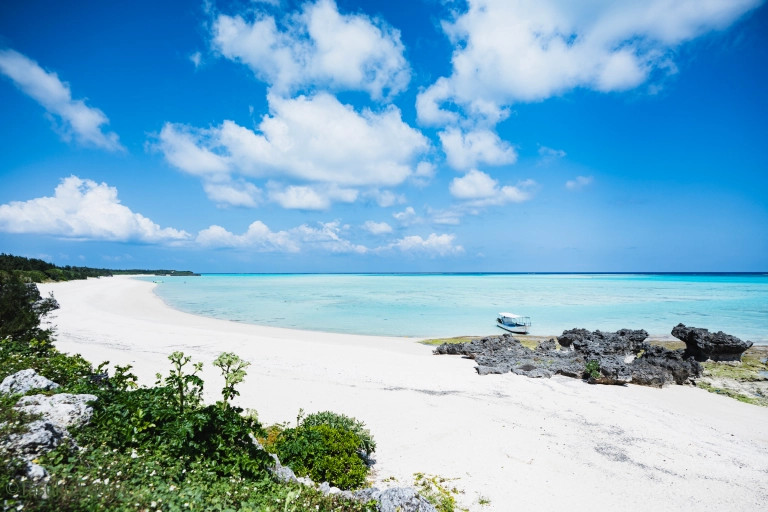
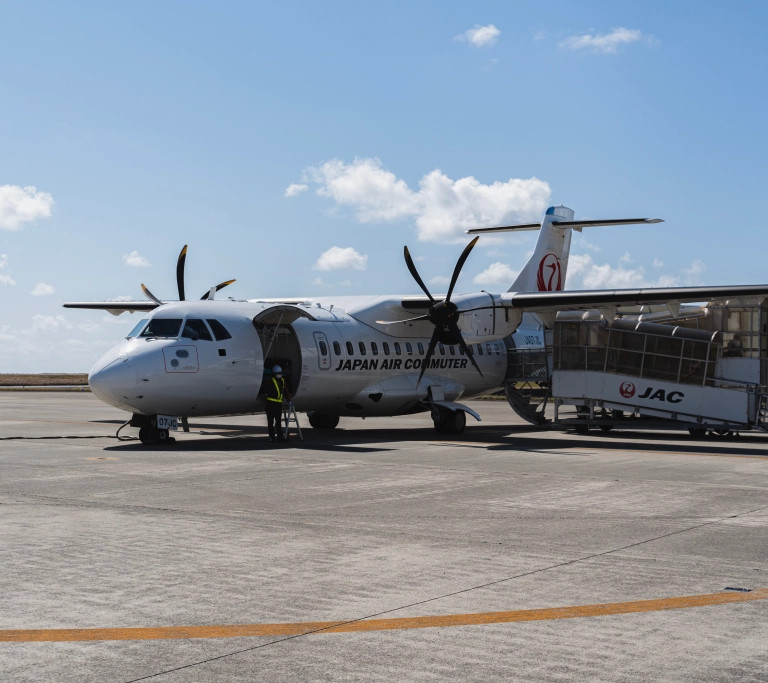
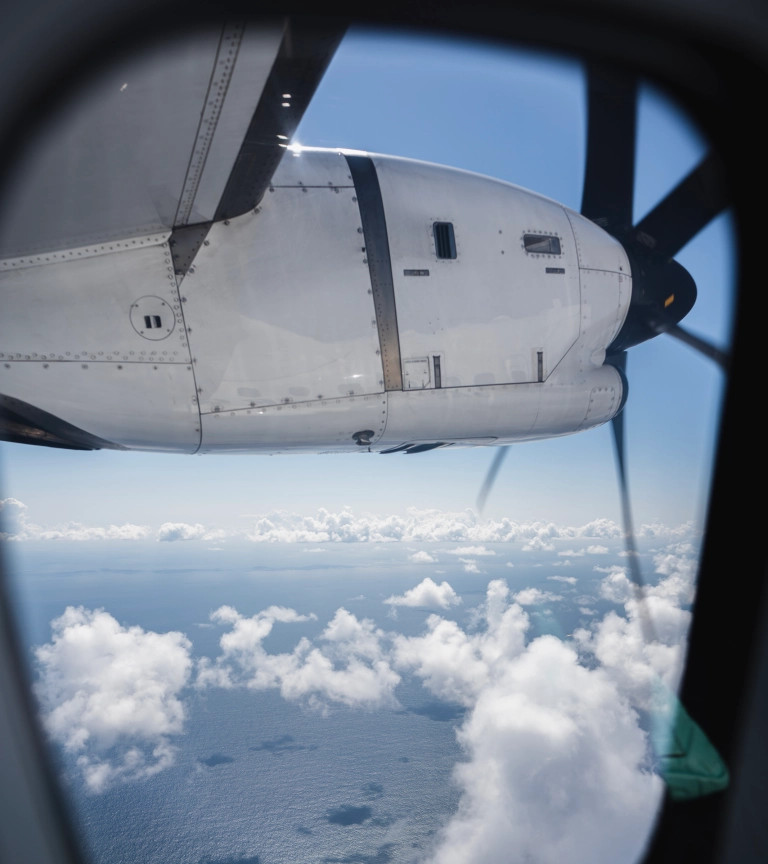
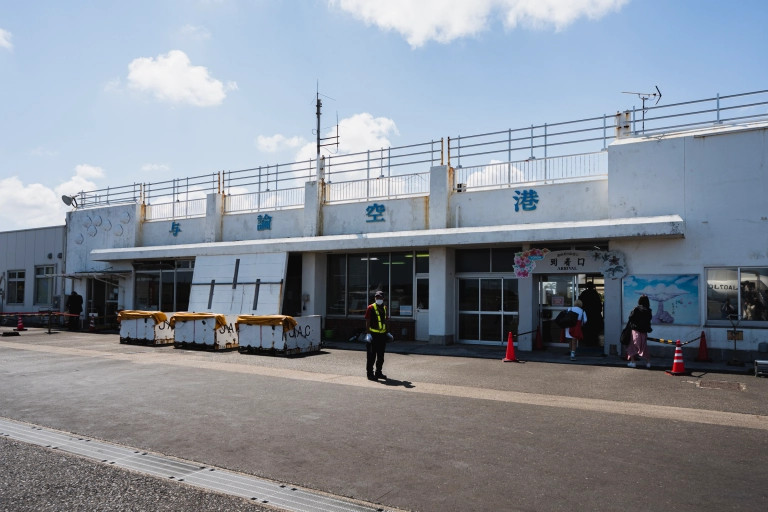

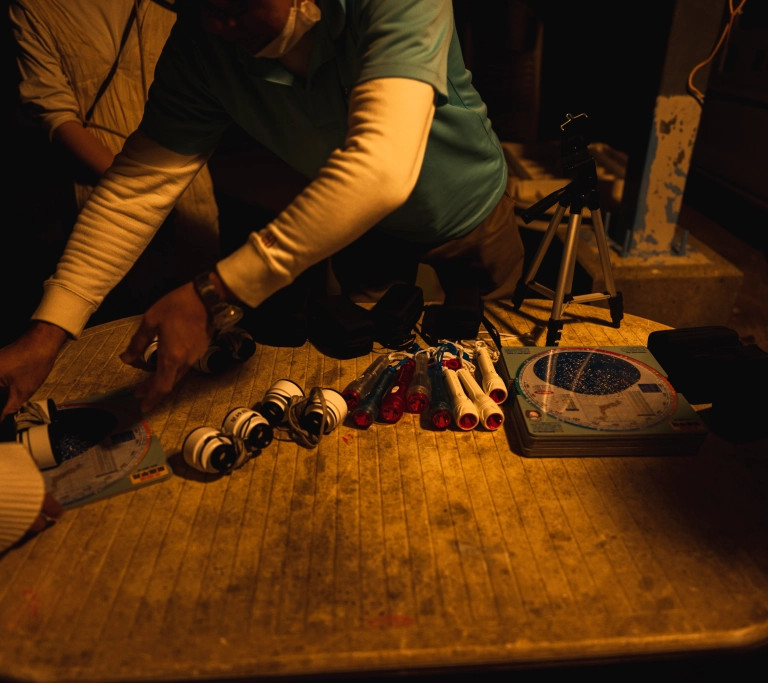
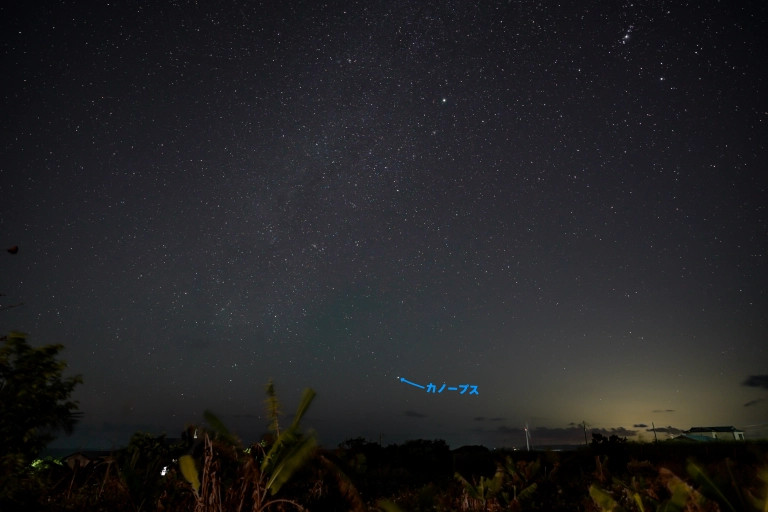
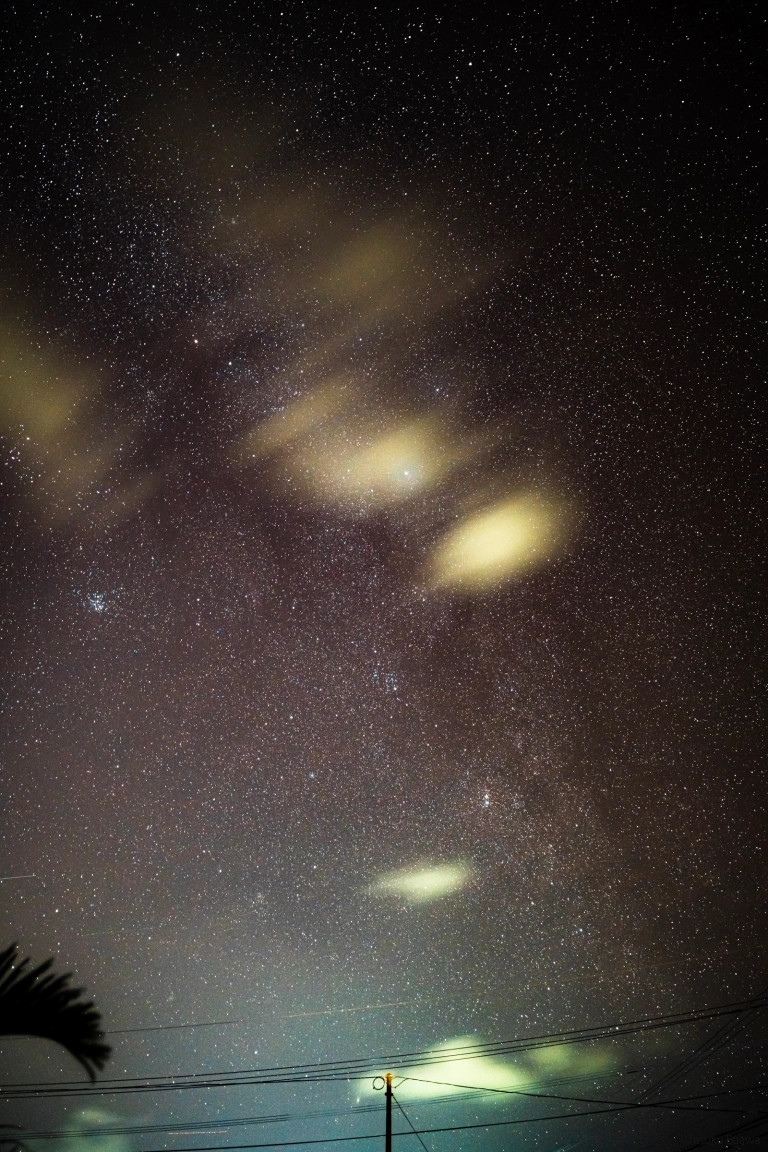
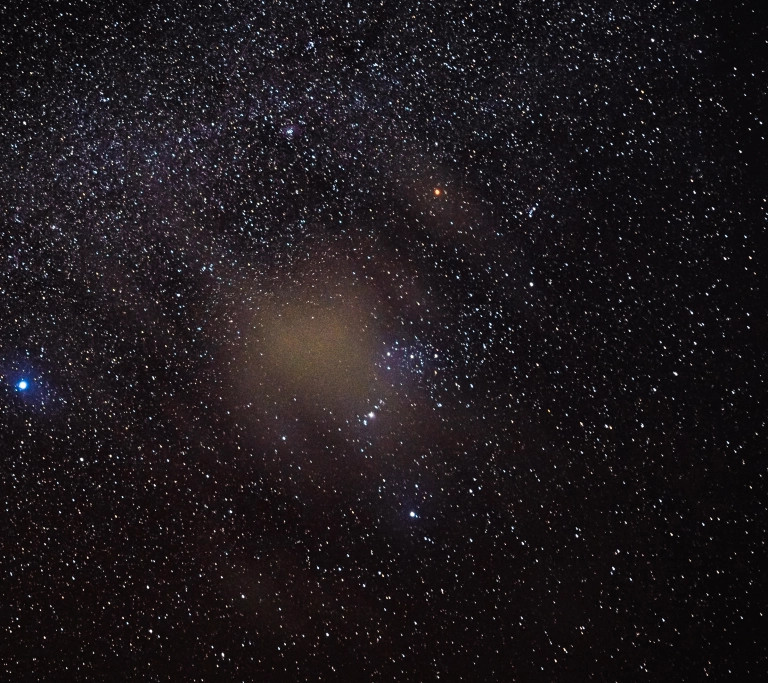
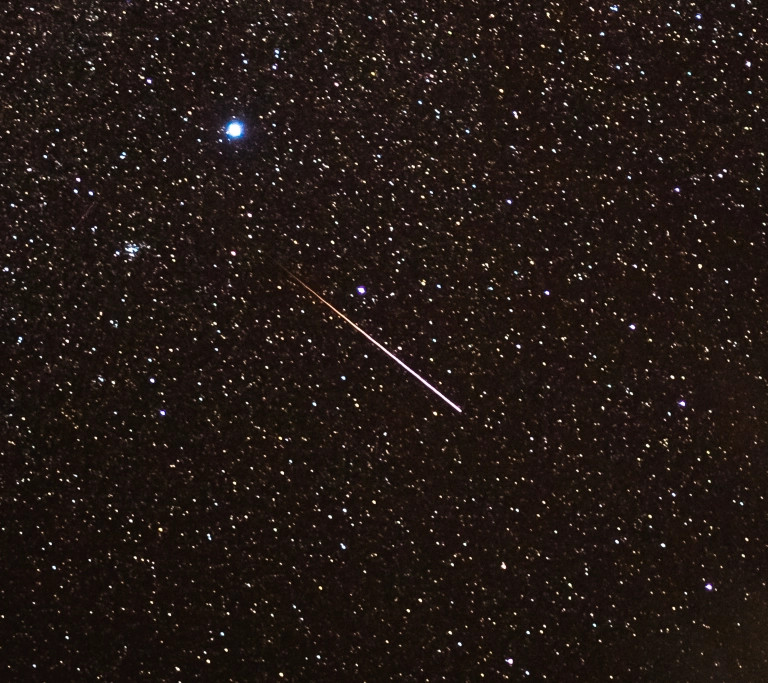
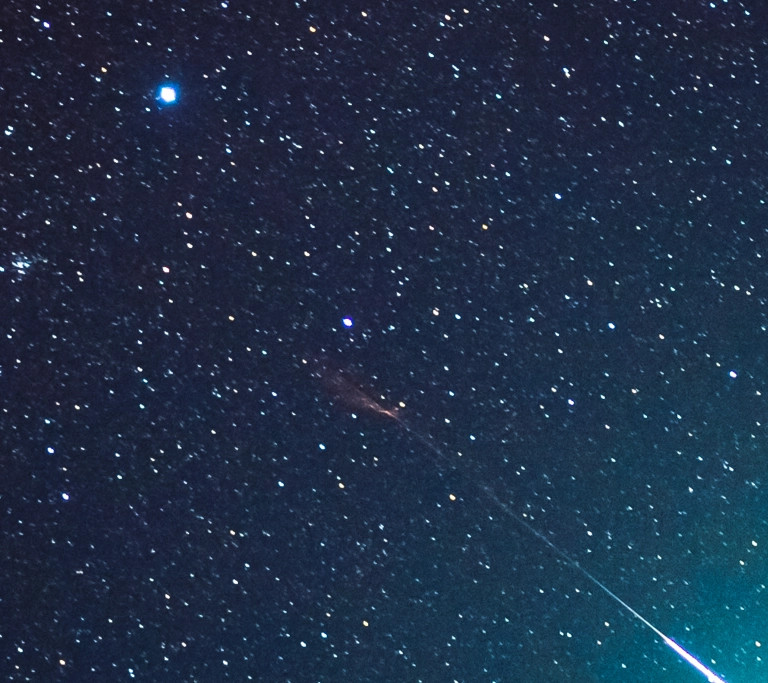
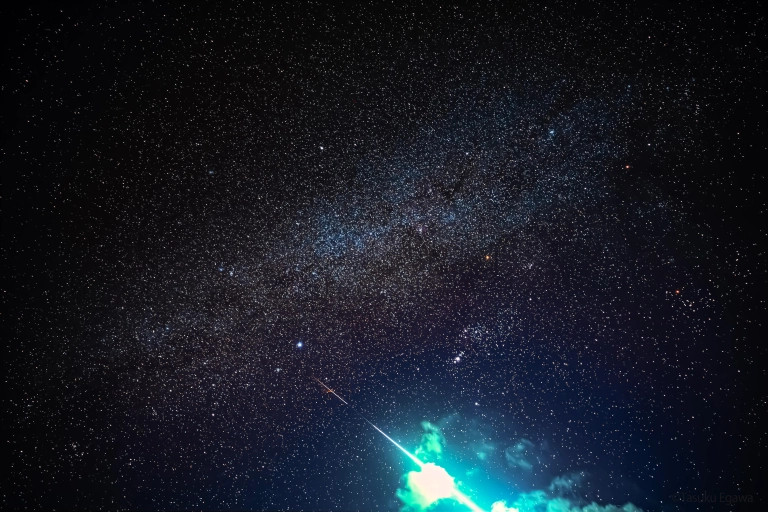
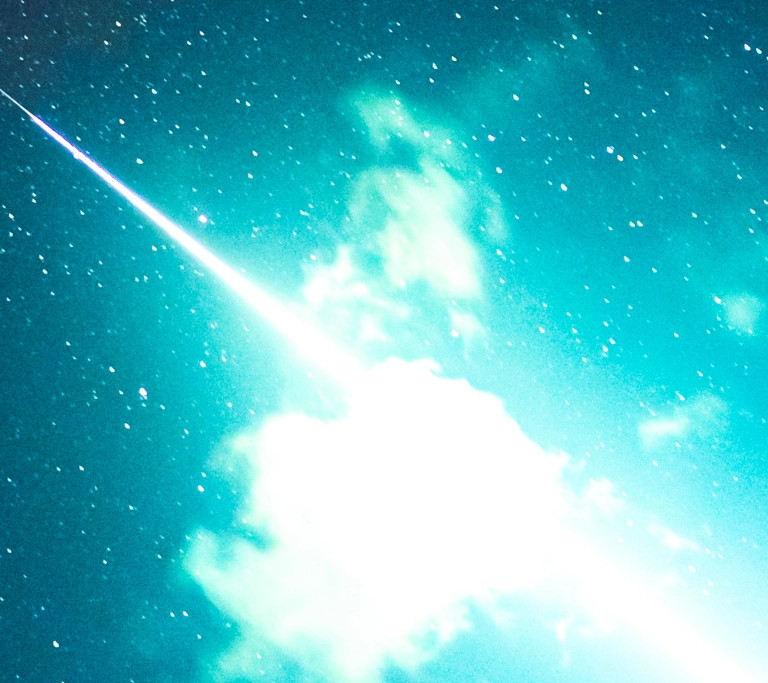
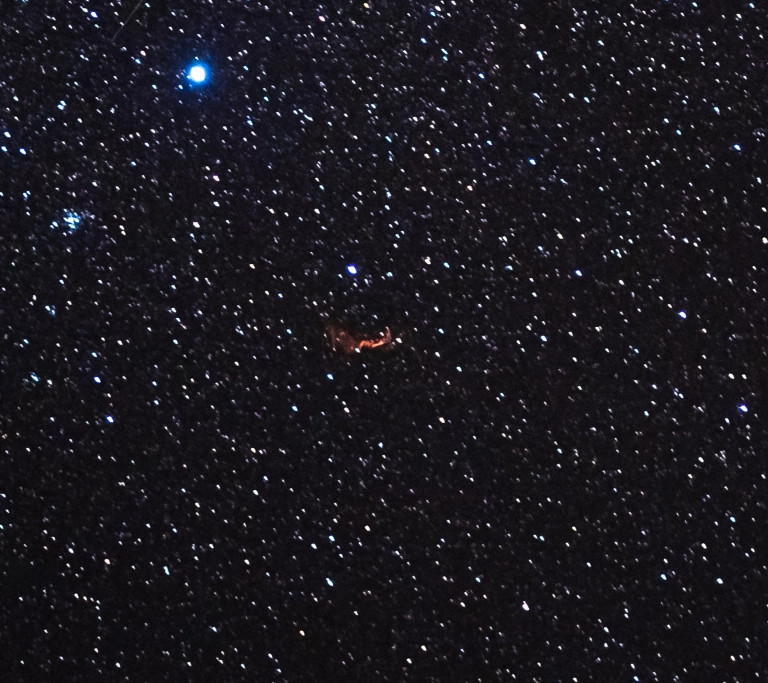
 We travel across the city like royalty — Hiroshima streetcar turns into fancy, private dining area
We travel across the city like royalty — Hiroshima streetcar turns into fancy, private dining area All-Noodle Artisan Marugame udon restaurant operating in Tokyo, only 30 percent pass test
All-Noodle Artisan Marugame udon restaurant operating in Tokyo, only 30 percent pass test A visit to the ordinarily forbidden hall of Nara’s Hasedera Temple【Photos】
A visit to the ordinarily forbidden hall of Nara’s Hasedera Temple【Photos】 How to pick out the best anago eel and other things we learned at the anago processing center
How to pick out the best anago eel and other things we learned at the anago processing center We learned how to make a calligraphy brush from the masters of Kumanofude in Hiroshima
We learned how to make a calligraphy brush from the masters of Kumanofude in Hiroshima Japan’s new difficult-to-drink-from beer glass protects your liver, but it’s a brutal experience
Japan’s new difficult-to-drink-from beer glass protects your liver, but it’s a brutal experience New Pokémon ice cream, dessert drinks, and cool merch coming to Baskin-Robbins Japan【Pics】
New Pokémon ice cream, dessert drinks, and cool merch coming to Baskin-Robbins Japan【Pics】 New samurai glasses are Japan’s latest weird must-have souvenir
New samurai glasses are Japan’s latest weird must-have souvenir Demon Slayer: Kimetsu no Yaiba gets new roller coaster attractions and food at Universal Studios Japan
Demon Slayer: Kimetsu no Yaiba gets new roller coaster attractions and food at Universal Studios Japan How to order snacks on a Shinkansen bullet train in Japan
How to order snacks on a Shinkansen bullet train in Japan High-fashion Totoro cuddle purse is like an elegant stroll in the forest【Photos】
High-fashion Totoro cuddle purse is like an elegant stroll in the forest【Photos】 Kyoto Tower mascot termination reveals dark side behind cute Japanese characters
Kyoto Tower mascot termination reveals dark side behind cute Japanese characters Caffeinated ramen for gamers that you can eat with one hand going on sale in Japan
Caffeinated ramen for gamers that you can eat with one hand going on sale in Japan Burger King Japan suddenly adds Dr. Pepper and Dr. Pepper floats to its menu nationwide
Burger King Japan suddenly adds Dr. Pepper and Dr. Pepper floats to its menu nationwide Hello, cosmetics! Clinique teams up with Hello Kitty this summer for first-time collaboration
Hello, cosmetics! Clinique teams up with Hello Kitty this summer for first-time collaboration Nintendo history you can feel – Super NES, N64, and GameCube controllers become capsule toys
Nintendo history you can feel – Super NES, N64, and GameCube controllers become capsule toys “The most Delicious Cup Noodle in history” – Japan’s French Cup Noodle wins our heart【Taste test】
“The most Delicious Cup Noodle in history” – Japan’s French Cup Noodle wins our heart【Taste test】 Starbucks releases a cute Frappuccino and Unicorn Cake…but not in Japan
Starbucks releases a cute Frappuccino and Unicorn Cake…but not in Japan McDonald’s Japan’s Soft Twist Tower: A phantom ice cream only sold at select branches
McDonald’s Japan’s Soft Twist Tower: A phantom ice cream only sold at select branches Yabai Ramen: What makes this Japanese ramen so dangerous?
Yabai Ramen: What makes this Japanese ramen so dangerous? Finally! Nintendo Japan expands Switch 8-bit controller sales to everybody, Online member or not
Finally! Nintendo Japan expands Switch 8-bit controller sales to everybody, Online member or not Japanese government wants to build luxury resorts in all national parks for foreign tourists
Japanese government wants to build luxury resorts in all national parks for foreign tourists To combat declining birth rate, Japan to begin offering “Breeding Visas” to foreigners
To combat declining birth rate, Japan to begin offering “Breeding Visas” to foreigners 10 things you should buy at 7-Eleven in Japan
10 things you should buy at 7-Eleven in Japan Studio Ghibli releases anime heroine cosplay dresses that are super comfy to wear
Studio Ghibli releases anime heroine cosplay dresses that are super comfy to wear Woman charged for driving suitcase without a license in Osaka
Woman charged for driving suitcase without a license in Osaka Studio Ghibli unveils My Neighbour Totoro miniature house model
Studio Ghibli unveils My Neighbour Totoro miniature house model Kyoto experiencing problems with foreign tourists not paying for bus fares, but not on purpose
Kyoto experiencing problems with foreign tourists not paying for bus fares, but not on purpose Fighting mild hunger with a Japanese soda that turns into jelly in the stomach【Taste test】
Fighting mild hunger with a Japanese soda that turns into jelly in the stomach【Taste test】 Studio Ghibli’s Howl’s Moving Castle tapestry unveiled in Japan for first time
Studio Ghibli’s Howl’s Moving Castle tapestry unveiled in Japan for first time McDonald’s new Happy Meals offer up cute and practical Sanrio lifestyle goods
McDonald’s new Happy Meals offer up cute and practical Sanrio lifestyle goods Sales of Japan’s most convenient train ticket/shopping payment cards suspended indefinitely
Sales of Japan’s most convenient train ticket/shopping payment cards suspended indefinitely Sold-out Studio Ghibli desktop humidifiers are back so Totoro can help you through the dry season
Sold-out Studio Ghibli desktop humidifiers are back so Totoro can help you through the dry season Japanese government to make first change to romanization spelling rules since the 1950s
Japanese government to make first change to romanization spelling rules since the 1950s Foreigner’s request for help in Tokyo makes us sad for the state of society
Foreigner’s request for help in Tokyo makes us sad for the state of society Ghibli founders Toshio Suzuki and Hayao Miyazaki contribute to Japanese whisky Totoro label design
Ghibli founders Toshio Suzuki and Hayao Miyazaki contribute to Japanese whisky Totoro label design Doraemon found buried at sea as scene from 1993 anime becomes real life【Photos】
Doraemon found buried at sea as scene from 1993 anime becomes real life【Photos】 Tokyo’s most famous Starbucks is closed
Tokyo’s most famous Starbucks is closed Princesses, fruits, and blacksmiths: Study reveals the 30 most unusual family names in Japan
Princesses, fruits, and blacksmiths: Study reveals the 30 most unusual family names in Japan Trying out First Kitchen’s tsukimi mochi burgers for a taste of Japanese autumn
Trying out First Kitchen’s tsukimi mochi burgers for a taste of Japanese autumn Defibrillator toys from Japanese capsule machines are so realistic they might save a life
Defibrillator toys from Japanese capsule machines are so realistic they might save a life Send your city-dwelling friends the gift of a starry night sky…in an envelope!
Send your city-dwelling friends the gift of a starry night sky…in an envelope! We fall in love with a bucket of Japanese custard pudding【Taste test】
We fall in love with a bucket of Japanese custard pudding【Taste test】 Has the Mt Fuji Lawson blackout screen really stopped tourists from taking photos?
Has the Mt Fuji Lawson blackout screen really stopped tourists from taking photos? Can Japan’s one-person granite plate cooker take you to solo stone steak paradise? Let’s find out
Can Japan’s one-person granite plate cooker take you to solo stone steak paradise? Let’s find out Mysterious fireball flies across the sky over Japan’s northern island of Hokkaido【Video】
Mysterious fireball flies across the sky over Japan’s northern island of Hokkaido【Video】 Trying the peach custard treat in Japan that got over 20 thousand likes in a week
Trying the peach custard treat in Japan that got over 20 thousand likes in a week Taste-testing every single sakura sweet and cherry blossom drink we could find at Mujirushi
Taste-testing every single sakura sweet and cherry blossom drink we could find at Mujirushi Mister Donut’s new Angel Fruit series elevates angel cream doughnuts, takes taste buds to heaven
Mister Donut’s new Angel Fruit series elevates angel cream doughnuts, takes taste buds to heaven We tried super spicy wasabi ramen and yakisoba that’s rumored to make anyone cry【Taste Test】
We tried super spicy wasabi ramen and yakisoba that’s rumored to make anyone cry【Taste Test】 We try fresh orange juice squeezed for us by a vending machine in Saitama【Taste test】
We try fresh orange juice squeezed for us by a vending machine in Saitama【Taste test】 We tried every single flavor of Mister Donut’s Belgian chocolatier collab donuts【Taste test】
We tried every single flavor of Mister Donut’s Belgian chocolatier collab donuts【Taste test】 Japan’s Department of Magic releases new “Magic School” uniform
Japan’s Department of Magic releases new “Magic School” uniform Can you really learn to draw Totoro from that 61-second Studio Ghibli producer video?【Experiment】
Can you really learn to draw Totoro from that 61-second Studio Ghibli producer video?【Experiment】 Want your own private island? We visited one for sale off the coast of Japan【Pics & Video】
Want your own private island? We visited one for sale off the coast of Japan【Pics & Video】
Leave a Reply